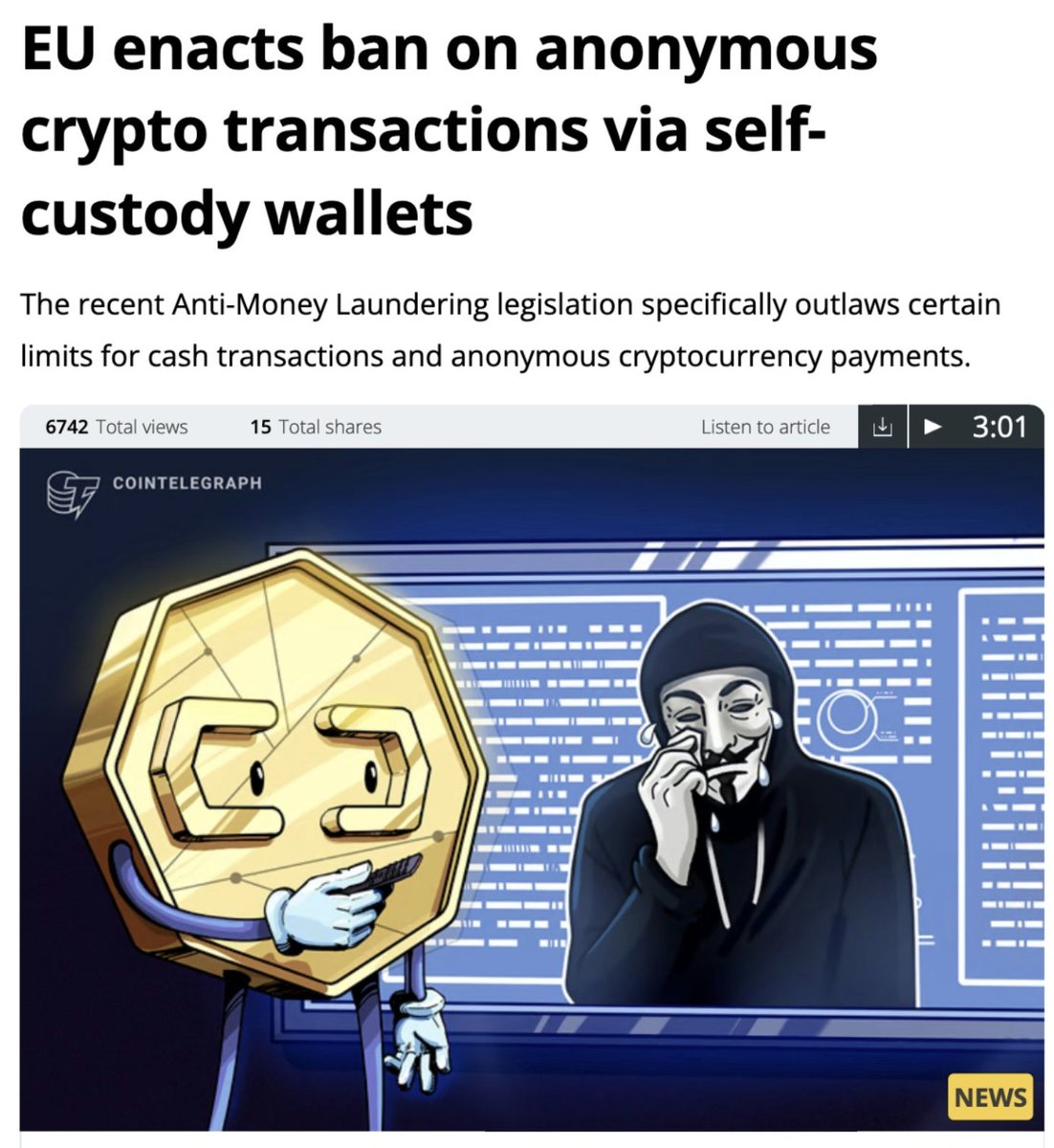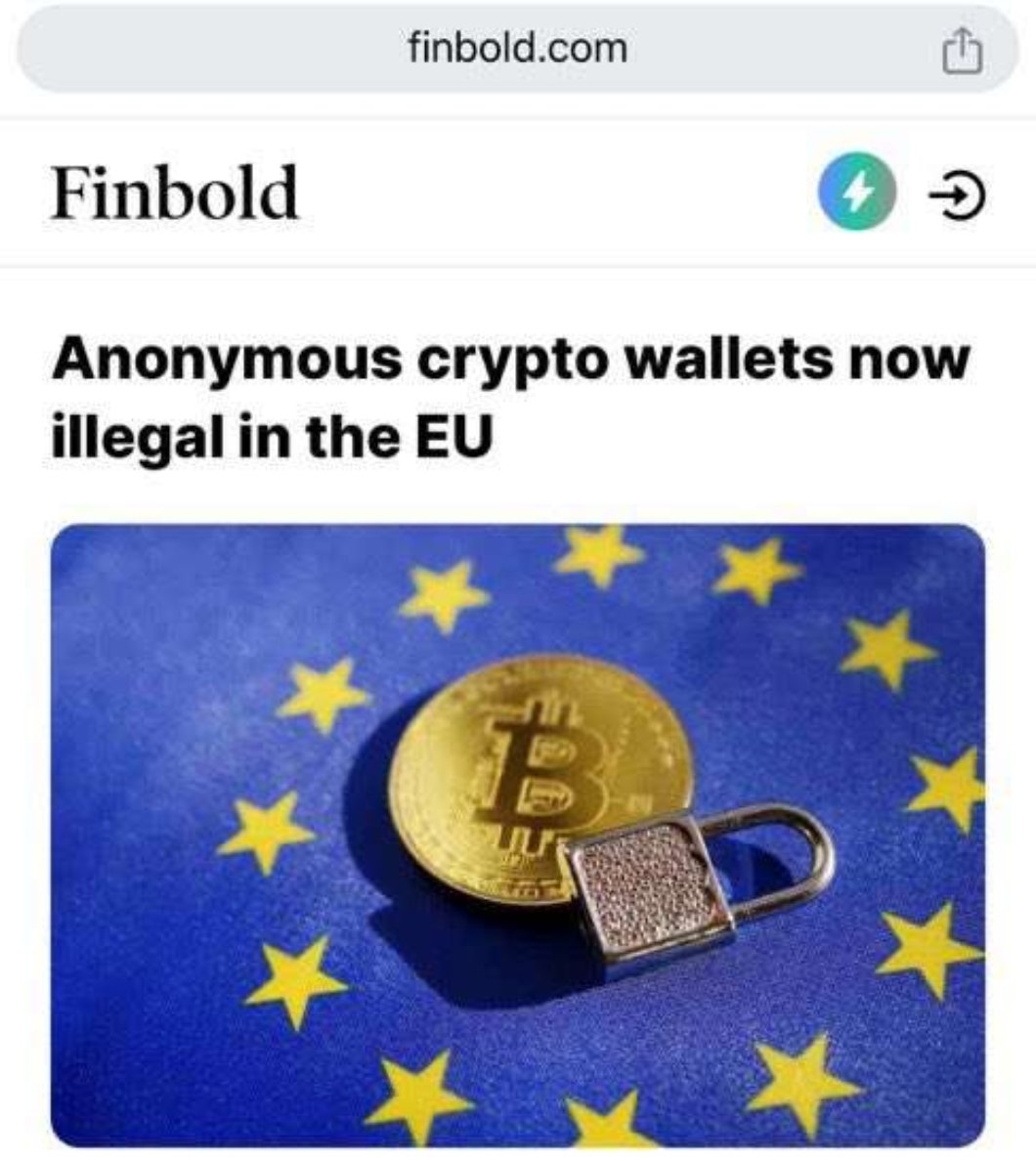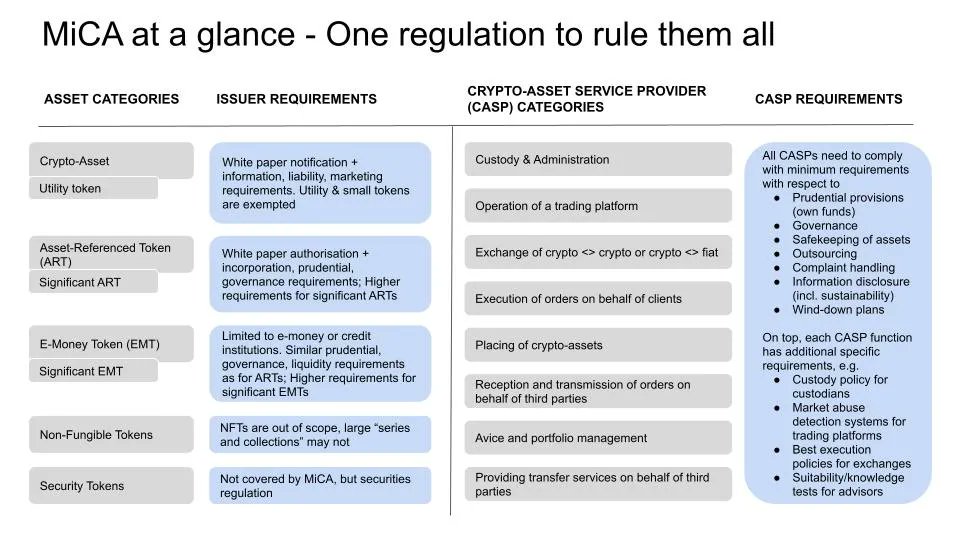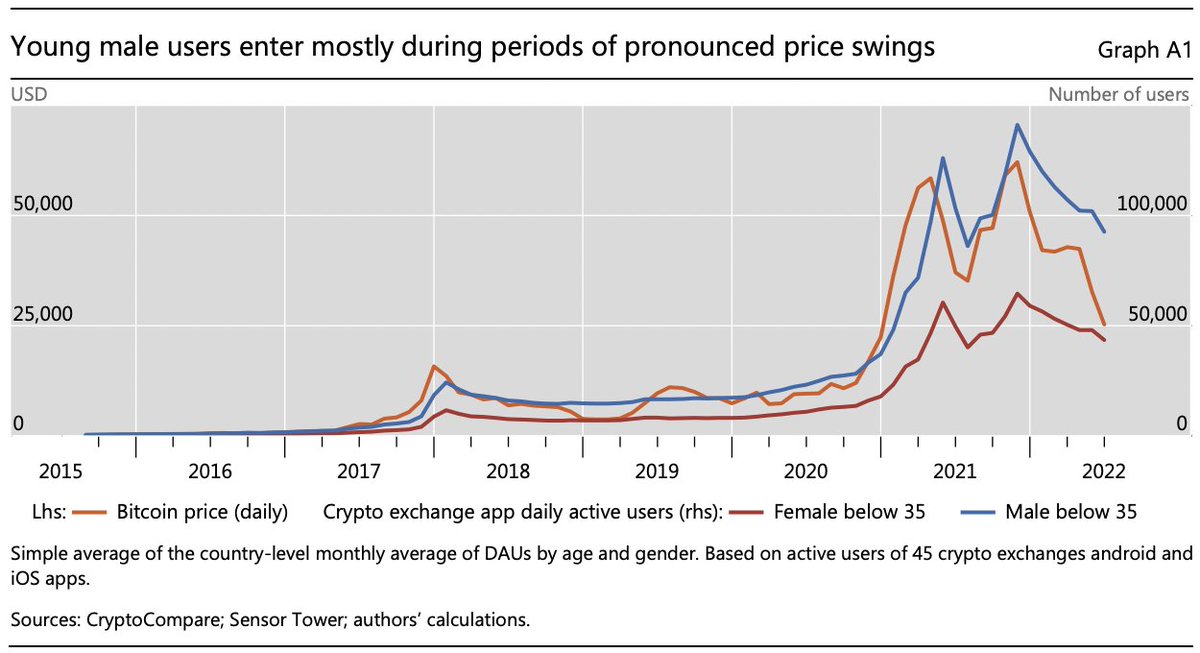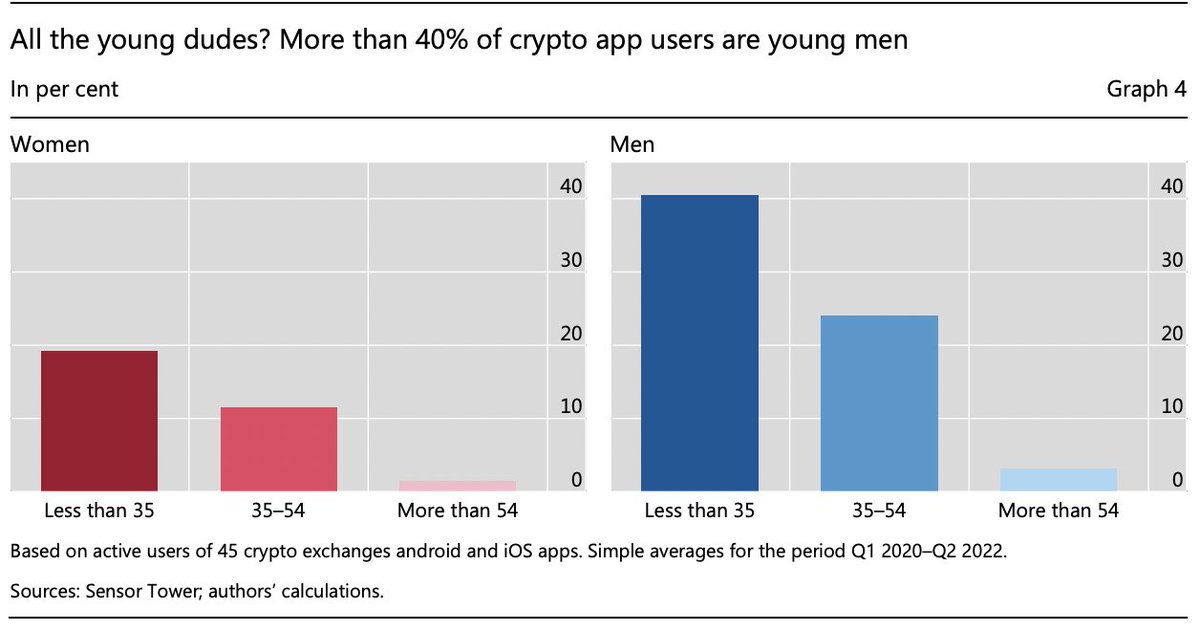It's not even been 2 weeks that we launched EURC on @base and the growth trajectory couldn't look better:
• €7.3 million EURC issued on Base
• leading to +20% growth of EURC market cap overall to ~€40 million today
• liquidity on @AerodromeFi, the top DEX on base, approaches ~5 million EURC very quickly, trading volume ~$6.5 million --> onchain FX is coming!
• EURC on base is already supported by @coinbase @AerodromeFi @mavprotocol @Uniswap @tokenterminal @crossmint
The base momentum is real. The traction for the onchain euro and onchain FX (EURC<>USDC) is organic.
If this growth trajectory continues, it's only a matter of weeks until EURC, the largest MICA-compliant euro stablecoin, also becomes the largest euro stablecoin overall. More to come!
• €7.3 million EURC issued on Base
• leading to +20% growth of EURC market cap overall to ~€40 million today
• liquidity on @AerodromeFi, the top DEX on base, approaches ~5 million EURC very quickly, trading volume ~$6.5 million --> onchain FX is coming!
• EURC on base is already supported by @coinbase @AerodromeFi @mavprotocol @Uniswap @tokenterminal @crossmint
The base momentum is real. The traction for the onchain euro and onchain FX (EURC<>USDC) is organic.
If this growth trajectory continues, it's only a matter of weeks until EURC, the largest MICA-compliant euro stablecoin, also becomes the largest euro stablecoin overall. More to come!

Cc @jessepollak
https://twitter.com/jessepollak/status/1823496291701416375
• • •
Missing some Tweet in this thread? You can try to
force a refresh


